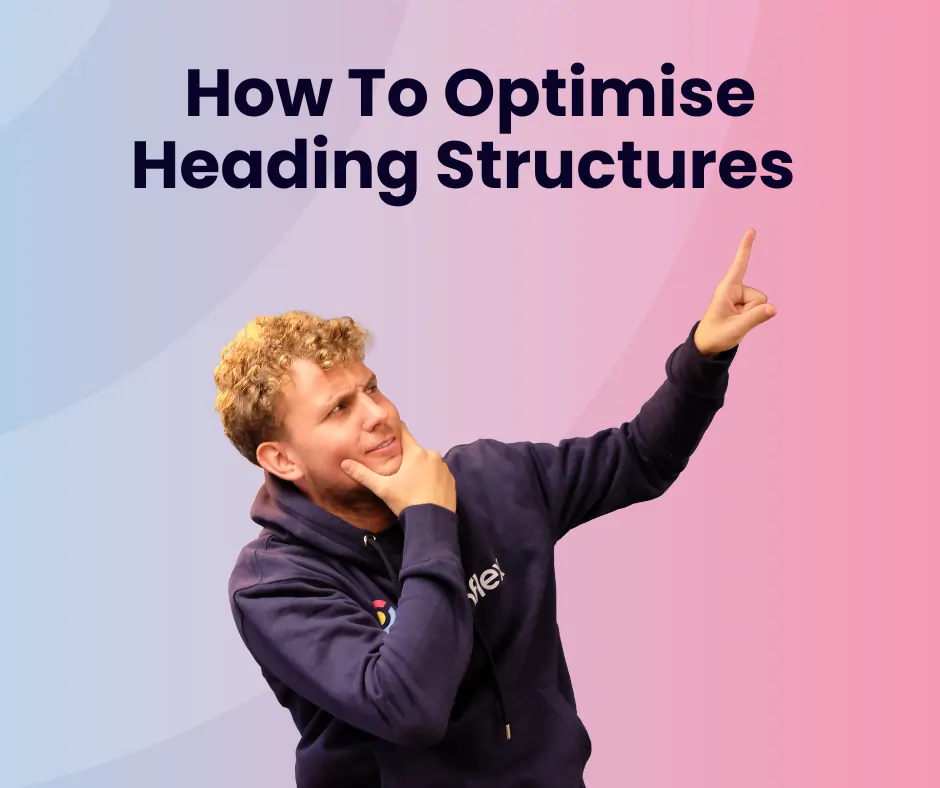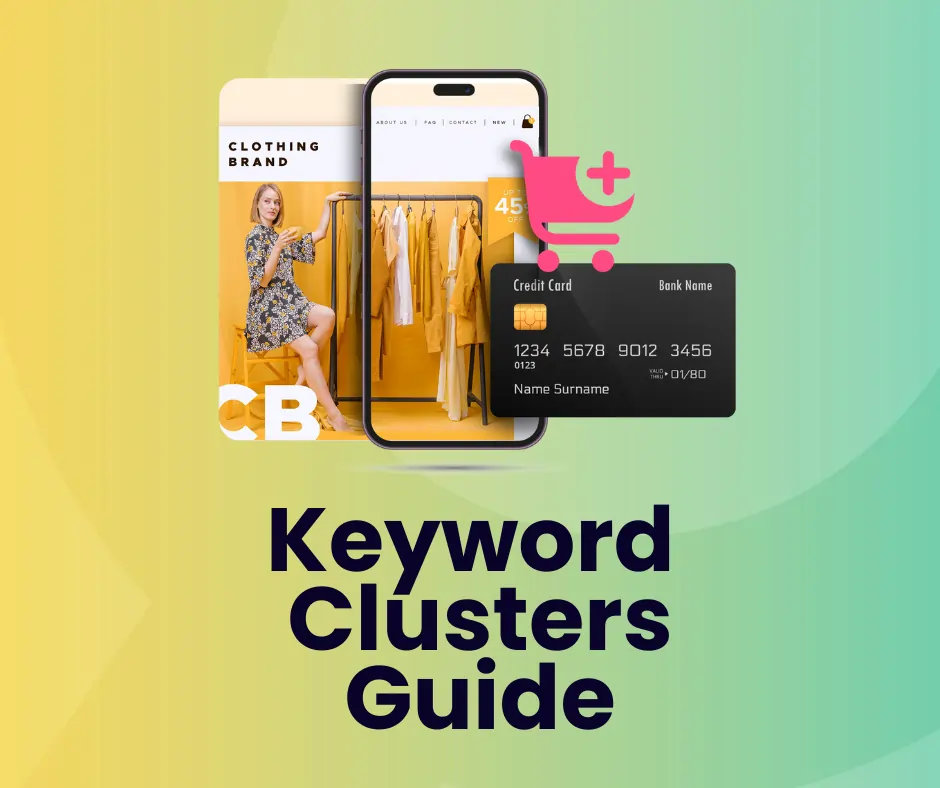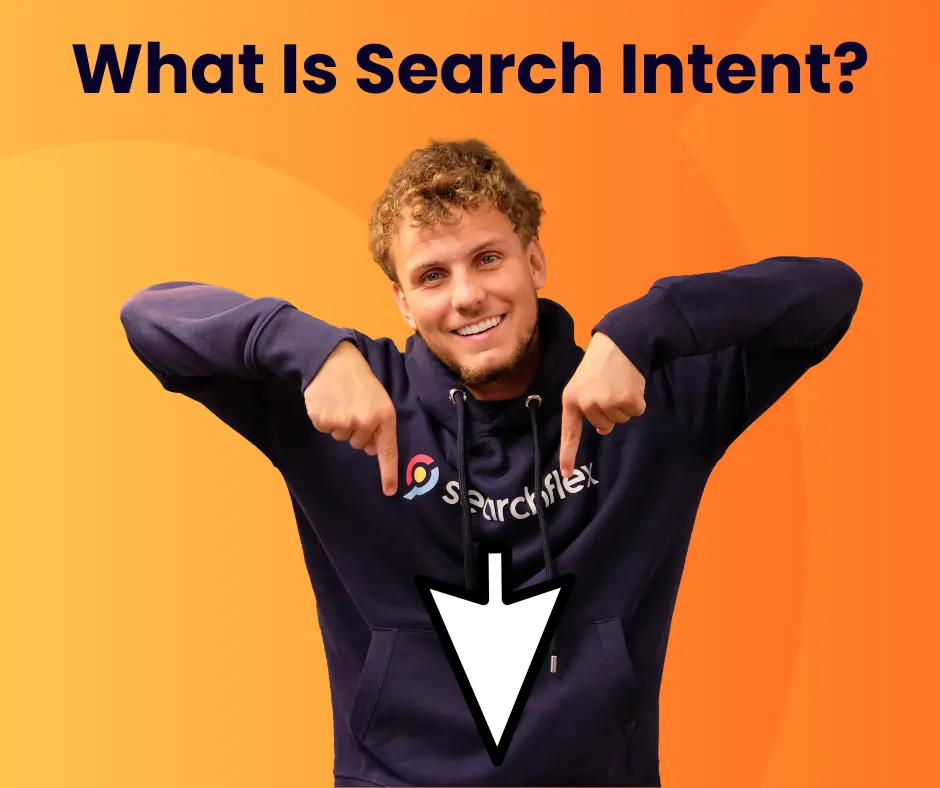How To Blend SEO & PPC Like a Pro
For many marketers, integrating SEO and PPC strategies might seem like juggling two entirely separate worlds. However, the reality is that these channels complement each other beautifully, especially when backed by data.









